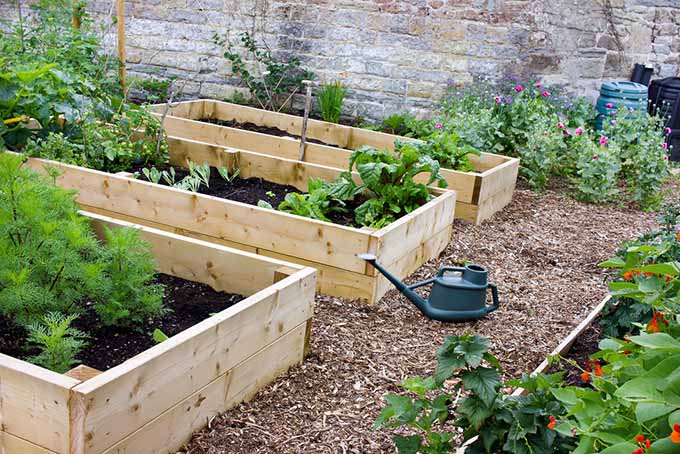Building a raised garden bed is a great way to create a controlled and easily accessible gardening space. Here’s a step-by-step guide on how to build a basic raised garden bed:
Materials and Tools:
- Wooden Planks or Cedar Boards: Choose a rot-resistant wood, such as cedar, for longevity. The dimensions depend on your desired bed size.
- Galvanized Screws or Nails: Use corrosion-resistant fasteners to assemble the bed.
- Power Drill: For making holes and driving screws or nails.
- Level: To ensure the bed is even.
- Square: For checking corners and ensuring the bed is square.
- Landscaping Fabric: To prevent weeds from growing up into the bed.
- Garden Soil: A mix of topsoil and compost for a nutrient-rich growing medium.
Steps:
- Choose a Location:
- Pick a location with good sunlight exposure for at least 6-8 hours a day.
- Ensure the ground is level.
- Select Bed Dimensions:
- Decide on the size and shape of your raised bed. Common dimensions are 4×8 feet, but you can adjust based on your space and needs.
- Gather Materials:
- Purchase the necessary materials based on your chosen dimensions.
- Cut Wood to Size:
- Use a saw to cut the wooden planks or cedar boards to your desired lengths.
- Assemble the Bed:
- Lay out the boards in the chosen shape on a flat surface.
- Attach the boards at the corners using galvanized screws or nails. Make sure the bed is square by measuring diagonally from corner to corner.
- Install Corner Braces (Optional):
- For added stability, consider installing corner braces on the inside corners of the bed.
- Line the Bed:
- Optionally, line the inside bottom of the bed with landscaping fabric to prevent weeds from growing up into the bed.
- Place the Bed:
- Move the assembled bed to the chosen location in your garden.
- Fill with Soil:
- Fill the raised bed with a mixture of garden soil and compost. This creates a nutrient-rich environment for your plants.
- Plant Your Garden:
- Now that your raised bed is ready, plant your favorite vegetables, herbs, or flowers according to your gardening plan.
Remember to water your plants regularly and monitor the soil for moisture levels. Raised beds offer good drainage, but they may require more frequent watering, especially in hot weather. Additionally, consider adding a layer of mulch on top of the soil to retain moisture and suppress weeds.
